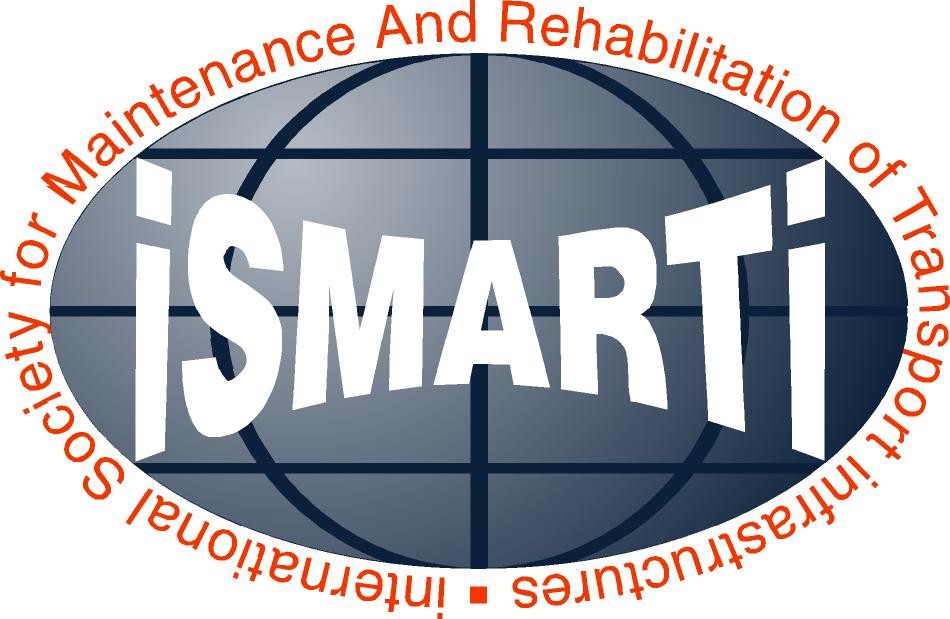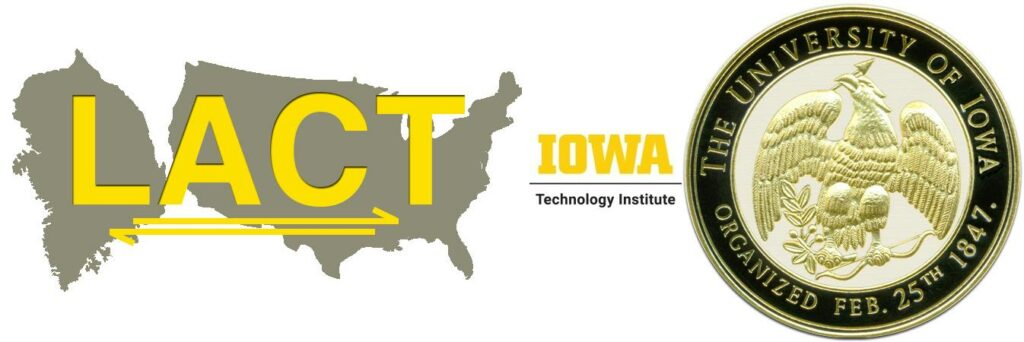 Nicolas Hautière is Ingénieur des Ponts, des Eaux et des Forêts at the French Institute of Science and Technology for Transport, Development and Networks (Ifsttar). After ten years of research in computer vision applied to cooperative intelligent transport systems and autonomous vehicles, his mission is to initiate, develop and manage novel instruments of research and innovation, which allow the industrial transfer of research results in the area of the renewed intelligence of vectors and infrastructures for mobility. In this aim, he leads the flagship program Route 5e Génération and acts as Deputy Director of the Components and Systems Department (COSYS), Marne-la-Vallée, France.
Nicolas Hautière is Ingénieur des Ponts, des Eaux et des Forêts at the French Institute of Science and Technology for Transport, Development and Networks (Ifsttar). After ten years of research in computer vision applied to cooperative intelligent transport systems and autonomous vehicles, his mission is to initiate, develop and manage novel instruments of research and innovation, which allow the industrial transfer of research results in the area of the renewed intelligence of vectors and infrastructures for mobility. In this aim, he leads the flagship program Route 5e Génération and acts as Deputy Director of the Components and Systems Department (COSYS), Marne-la-Vallée, France.
Track 2- Presentation Title: Smarter Road Infrastructures for Smarter Cities
Abstract: The road as we know it today was designed during the twentieth century to support the growth of our societies. This growth, very strongly correlated with the development of the internal combustion engine automobile, no longer appears sustainable, especially in urban areas. Indeed, the motorway creates nuisance and pollution, and encourages urban sprawl. In reality, it is rather the vehicles that generate these negative externalities. To mitigate them, vehicles are improving gradually on the ecological and energy sides. The road, which was only responsible for 5 to 10% of the negative environmental externalities, is likely to see this proportion growing. In addition, digital technologies are preparing to revolutionize individual mobility. The vehicles of tomorrow will be electric, autonomous and shared. The road will also have to adapt to the needs of these new mobilities, in a context of crisis of public finances, which is likely to slow down the adaptation of the roads. In parallel, we have to invent a framework that is more conducive to innovation, so that innovative techniques can be tested more quickly and so, and thus favor innovation. This presentation will give an overview of some results of the fifth road generation (R5G) flagship program, which aims at developing full-scale demonstrators of the next road generation considering all the aforementioned challenges.
 Samuel Labi is Professor, Director of Center for Next Generation Transportation Systems (NEXTRANS) and Associate Director, Center for Connected and Automated Transportation (CCAT) at Purdue University
Samuel Labi is Professor, Director of Center for Next Generation Transportation Systems (NEXTRANS) and Associate Director, Center for Connected and Automated Transportation (CCAT) at Purdue University
Track 2- Presentation Title: Preparing our Infrastructure for Connected and Autonomous Vehicle Operations: Challenges and Opportunities
Abstract: Connected and autonomous vehicle (CAV) operations represent not only a challenge but also an opportunity for reviewing highway design and management processes. At the current time, highway designers and asset managers are generally not sufficiently prepared to make the needed changes in design manuals and the required investments in the physical infrastructure to accommodate this new technology. This presentation discusses the extent to which CAV operations will influence the practice of highway design and asset management. The presentation also examines the staging of highway infrastructure investment against the background of an uncertain transition period in terms of the changes in CAV market penetration and level of autonomy over time.

T.F. Fwa is a Distinguished Professor at Chang’an University. He was formerly professor and Head, Department of Civil and Environmental Engineering, and Director of the Center for Transportation Research at the National University of Singapore. He is the President of the Pavement Engineering Society of Singapore, former President of the International Society for Maintenance and Rehabilitation of Transport Infrastructures and a founder of the International Conference on Road and Airfield Pavement Technology.
Track 2- Presentation Title: Challenges in Design and Development of Environmentally Sustainable Pavements
Abstract: Road pavements are an important urban infrastructure component to provide the required efficient mobility and accessibility of a smart city. They typically cover slightly more than 10 percent of the land area in most major cities. The presence of pavements and the associated road and traffic operations have created the following undesirable environmental and social impacts so far: traffic noise, air pollution, road accidents, extensive drainage system, and inadequate replenishment of groundwater. This presentation highlights the challenges of designing and developing a sustainable pavement network system that will effectively reduce the adverse impacts. The current pavement design and development practices are examined and their shortcomings with respect to environmental sustainability are identified. Promising emerging technologies and measures that have been implemented or are being developed will be assessed and analyzed.


